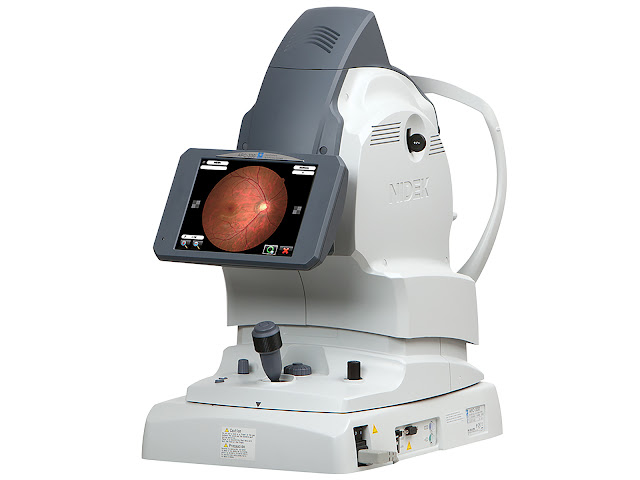Fundus Cameras Market Size, Share, and Trends Analysis, 2021-2028
Fundus Cameras Market
The
non-mydriatic cameras segment was the largest revenue contributor in 2020 and
is expected to remain dominant throughout the forecast period. This is due to
non-mydriatic cameras' ability to view detailed retinal anatomy and, as a
result, improve the diagnosis and management of eye disorders. Furthermore,
advancements in non-mydriatic cameras such as fluorescein imaging, mobility, and
live-action systems are expected to drive the market throughout the forecast
years. However, the high cost of fundus cameras and a scarcity of
ophthalmologists in developing economies may limit the market's growth.
The global Fundus
Cameras Market is estimated to be valued at US$ 402.1 million in 2021 and
is expected to exhibit a CAGR of 4.2% over the forecast period (2021-2028).
The majority of ophthalmologists in developing countries, including India, practise in urban areas, resulting in an uneven distribution of ophthalmology services. Fundus cameras are classified as Class II medical devices by the US Food and Drug Administration, and the majority of Class II devices require premarket notification (510k) approval before they can be marketed. In addition, the device manufacturer is required to provide appropriate labelling that describes the intended patient population, image acquisition factors, and patient guidance regarding screening results.
The United States dominated the North America fundus camera market in 2020, accounting for approximately ninety four percent of revenue share, and is expected to surpass USD 281 million by 2027 due to high acceptance of technically advanced devices, favourable reimbursement scenarios, and high healthcare expenditure across the country. Favourable demographic trends, such as an increase in the prevalence of chronic eye diseases and an ageing population, will drive demand for fundus cameras for ophthalmic disease diagnosis. The strong presence of industry players in the United States, as well as companies' emphasis on strategies such as new product launches, mergers, and acquisitions, will benefit industry value. Furthermore, favourable reimbursement policies provided by the Centers for Medicare and Medicaid Services' Medicare Physician Fee Schedule allow access to affordable ophthalmology services in the United States.




Comments
Post a Comment